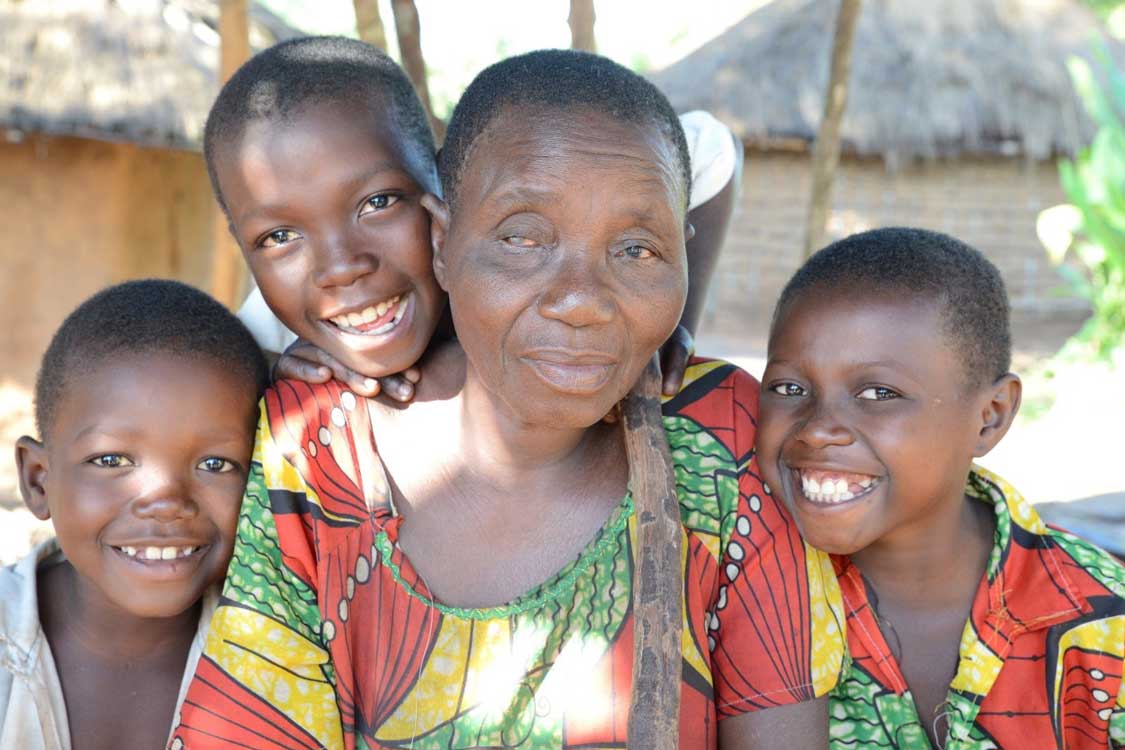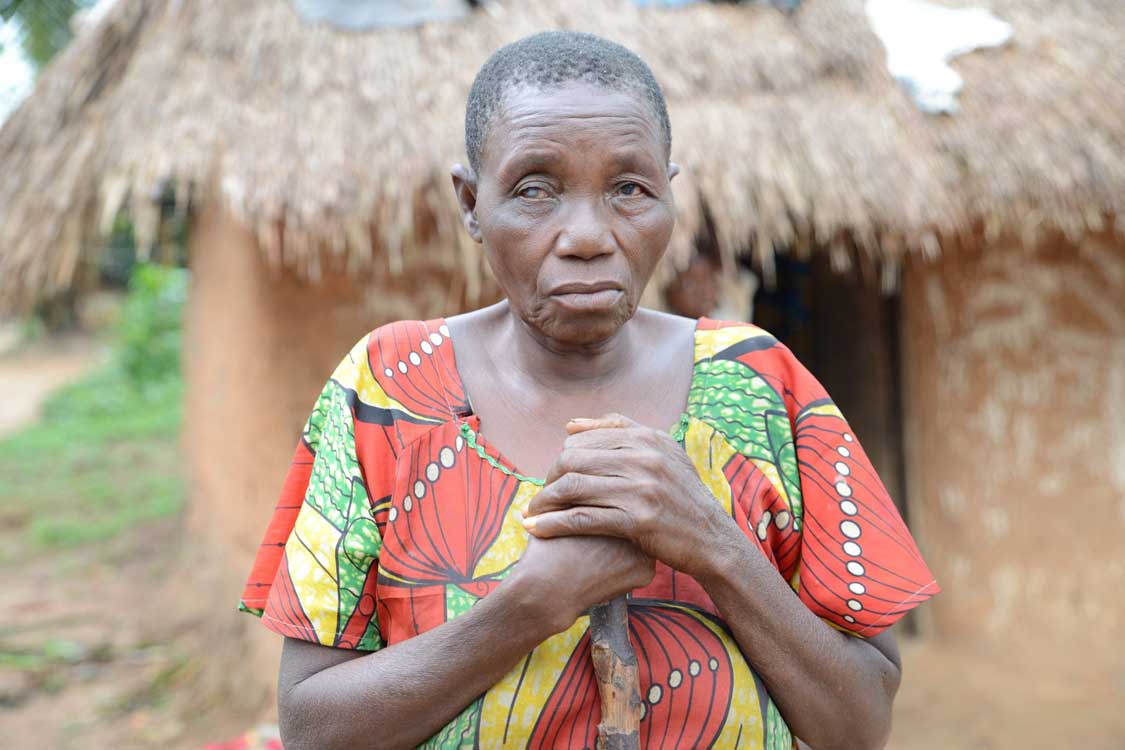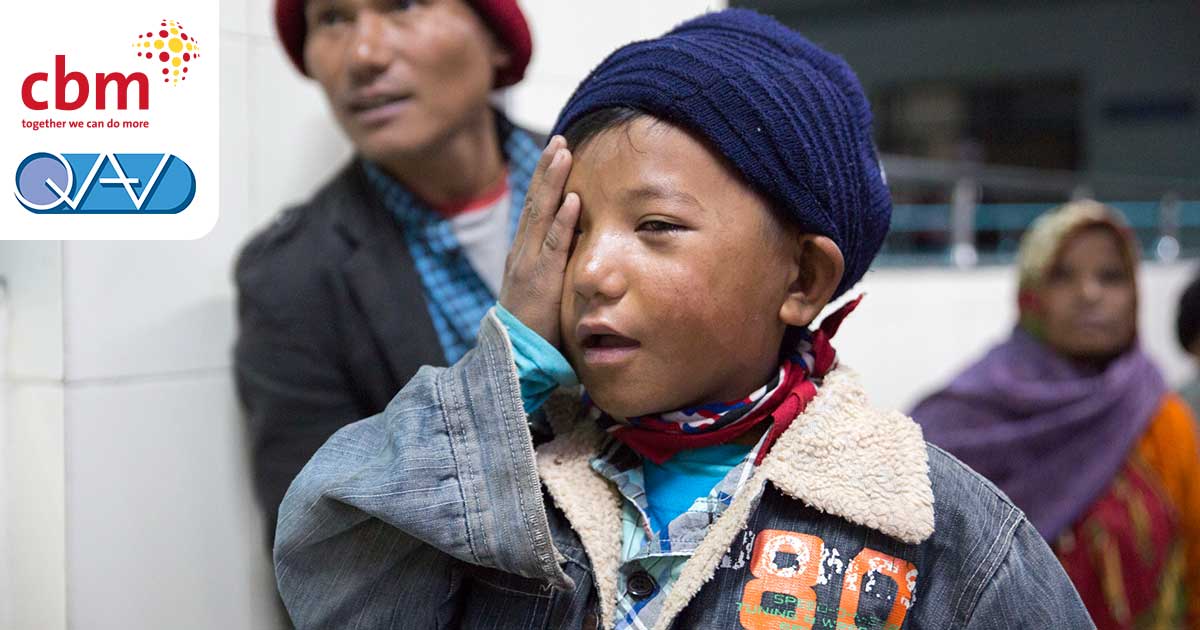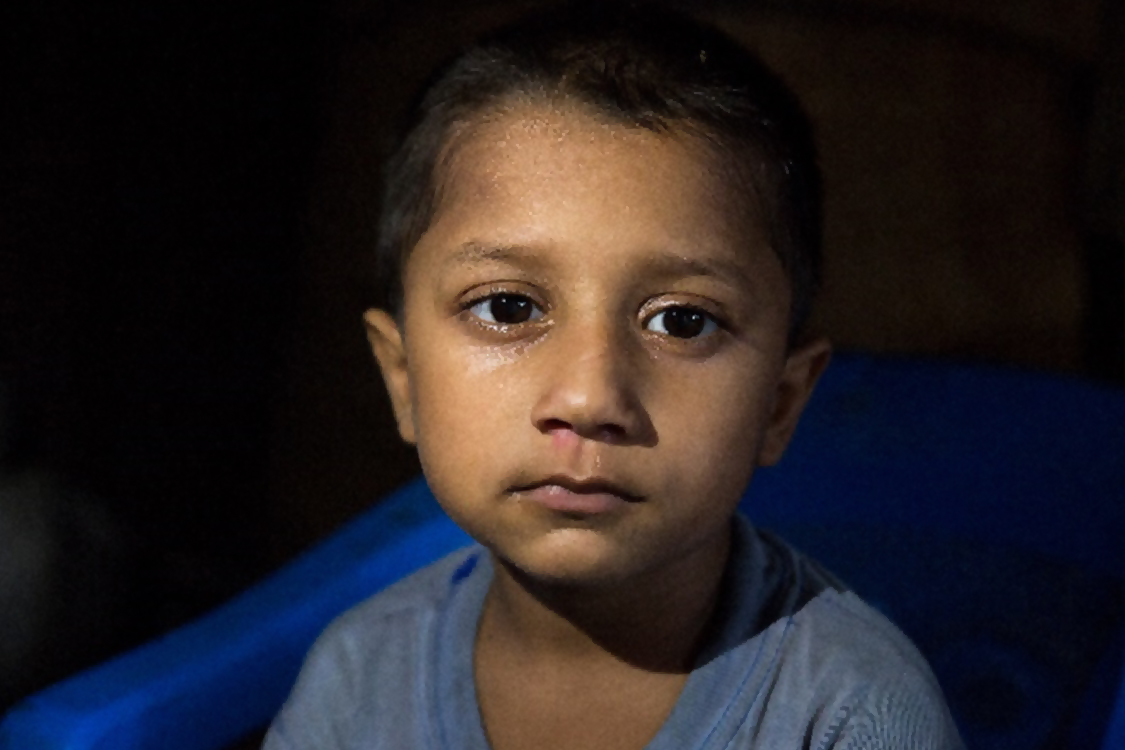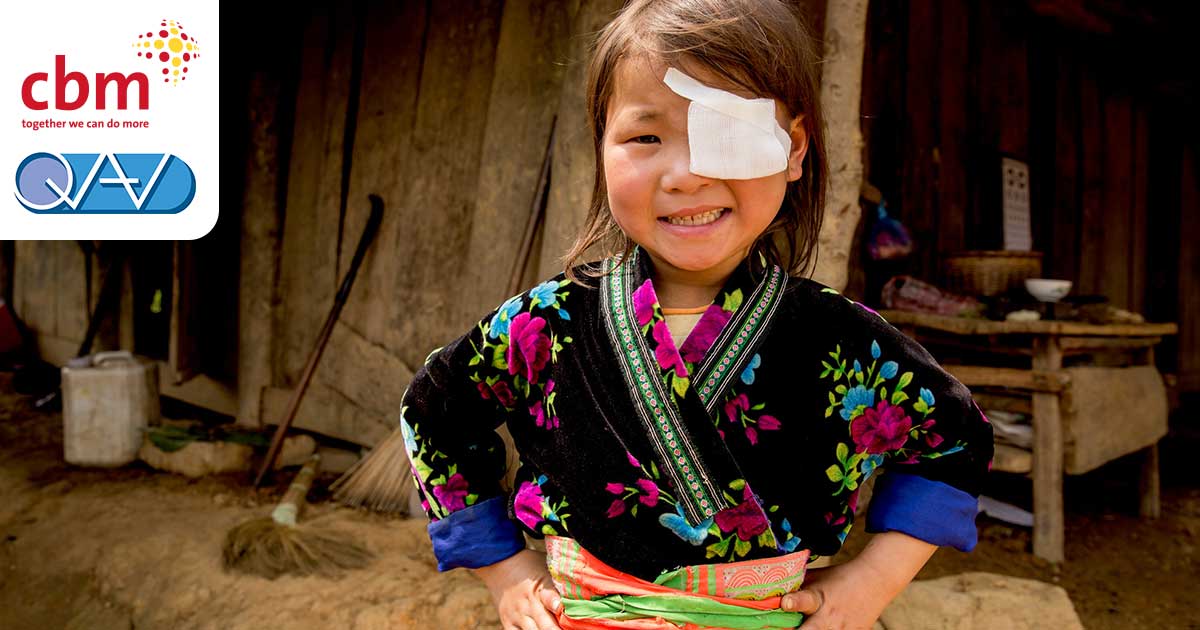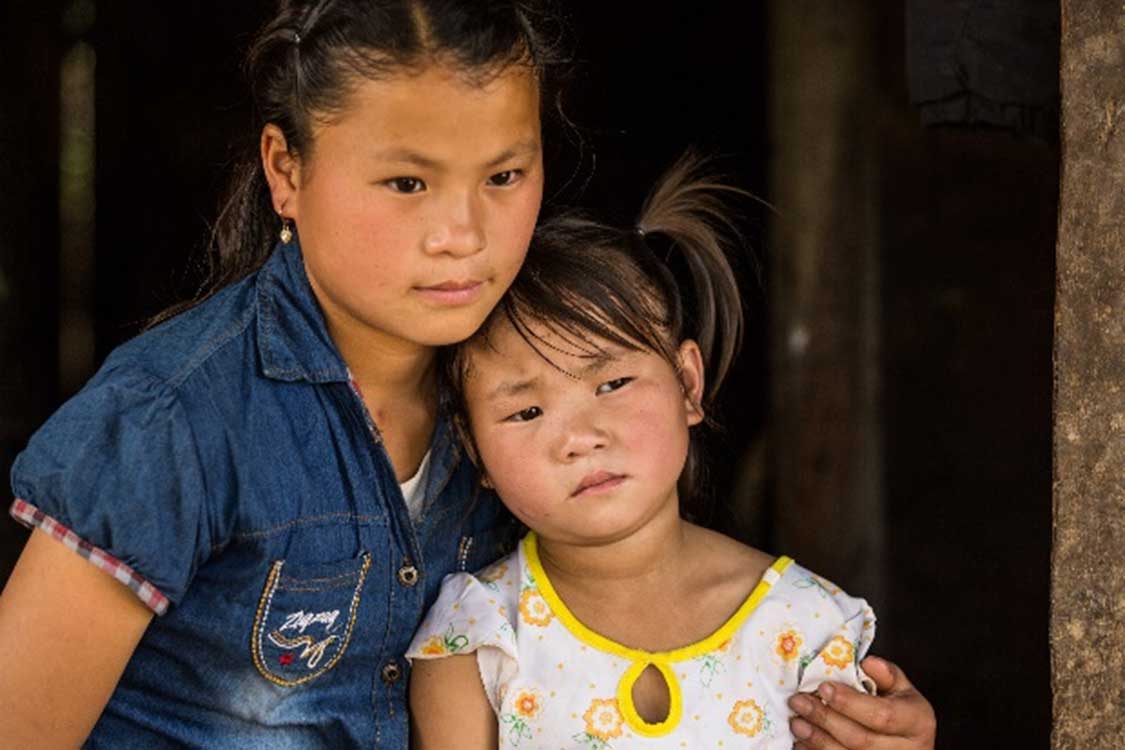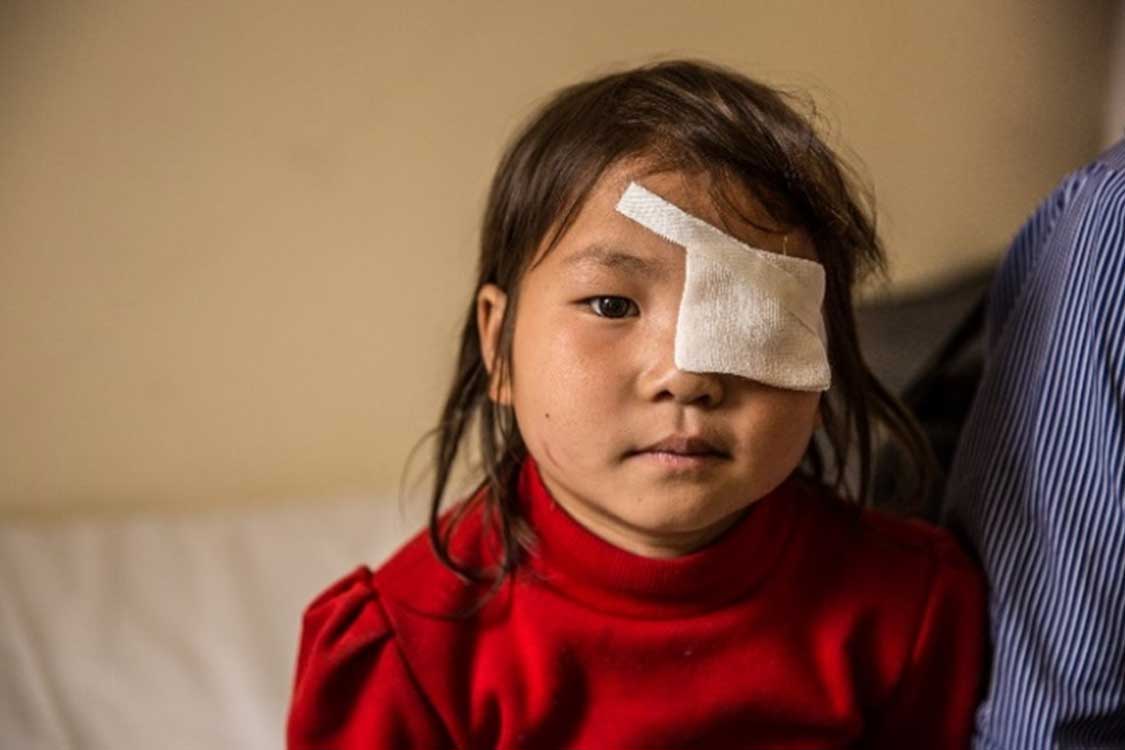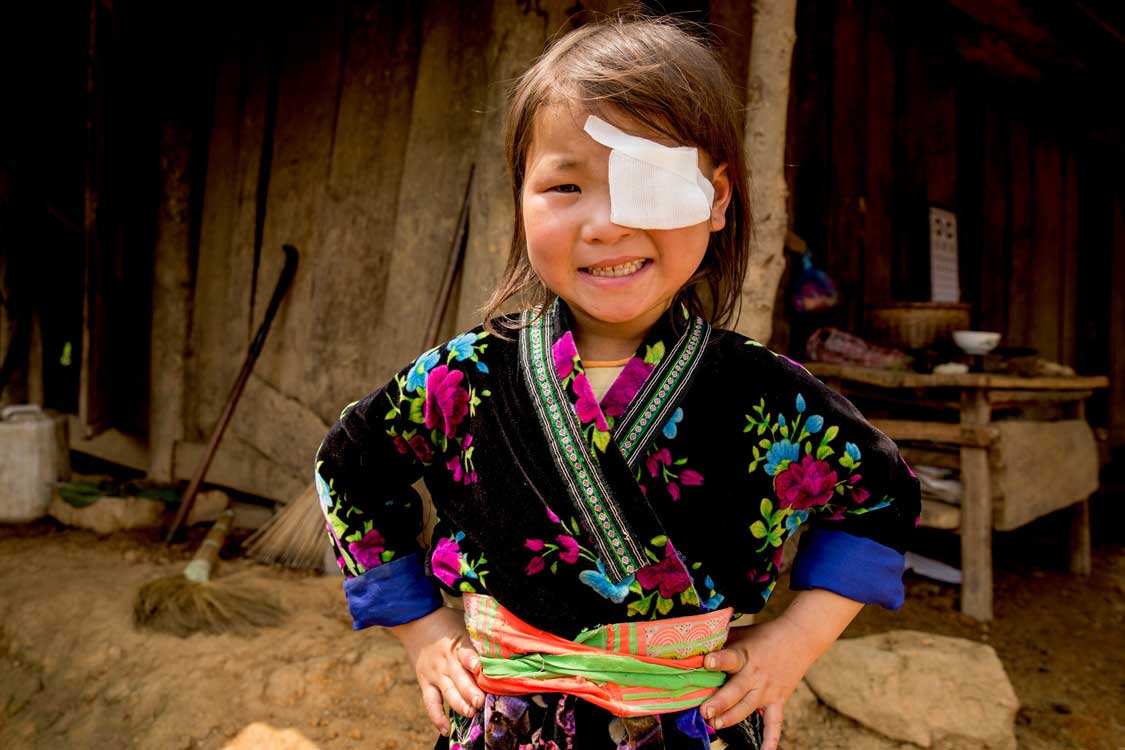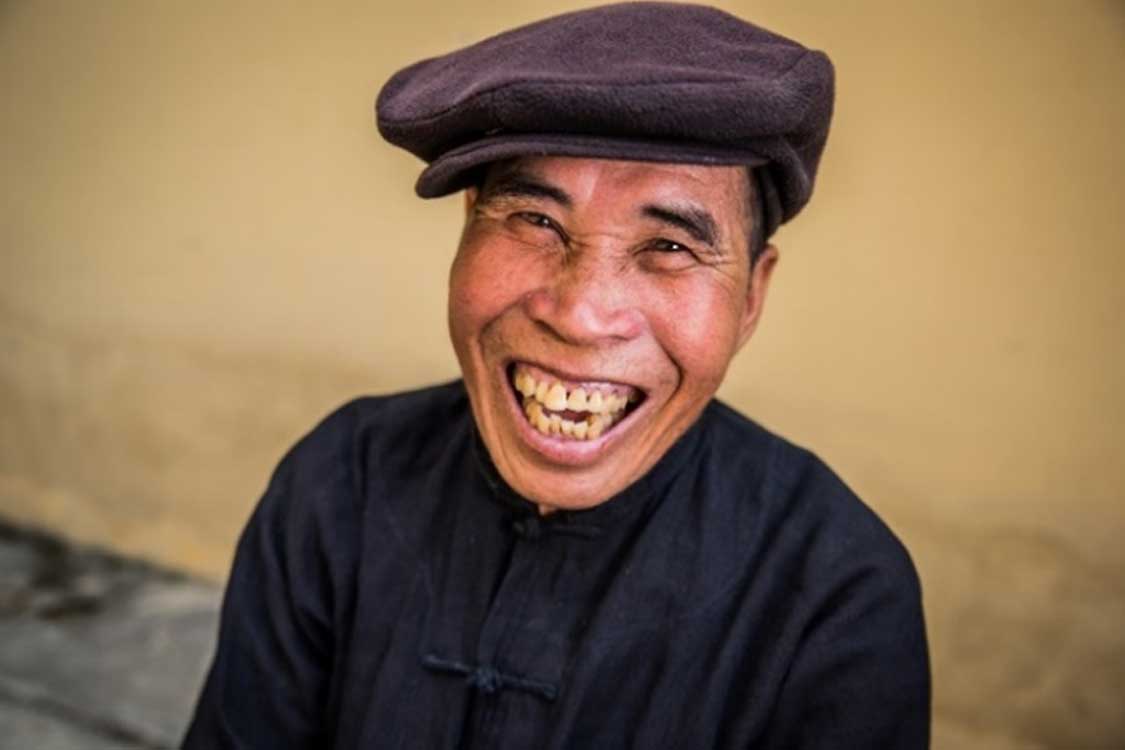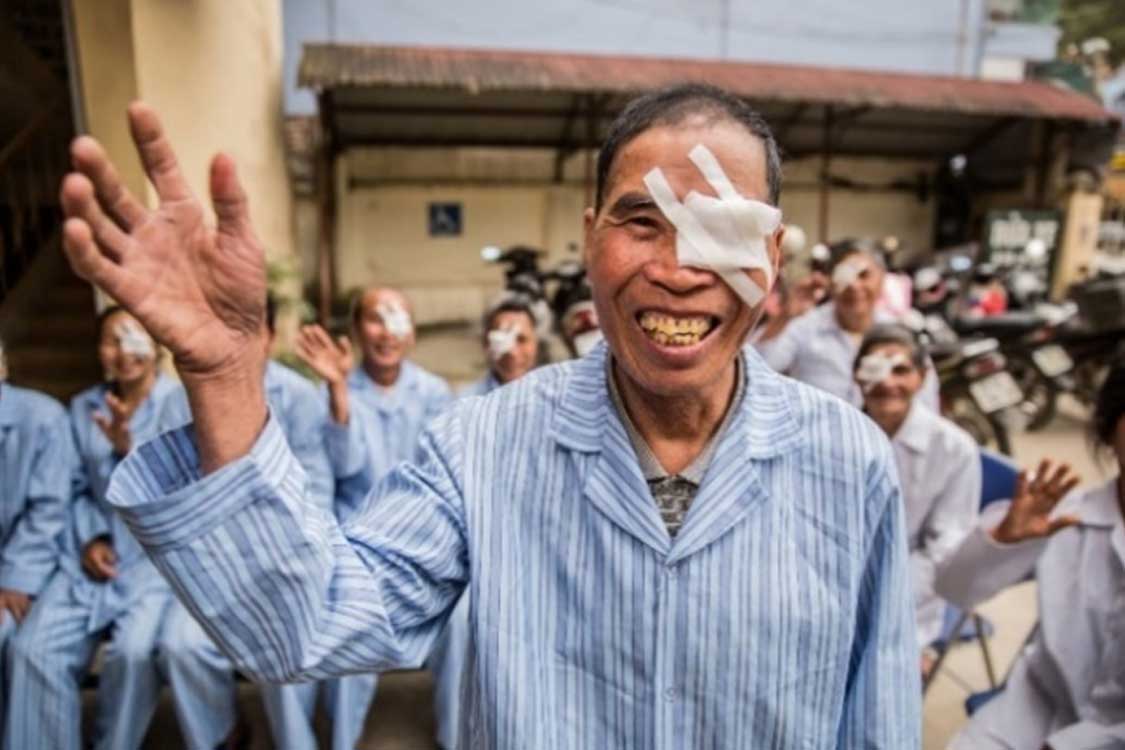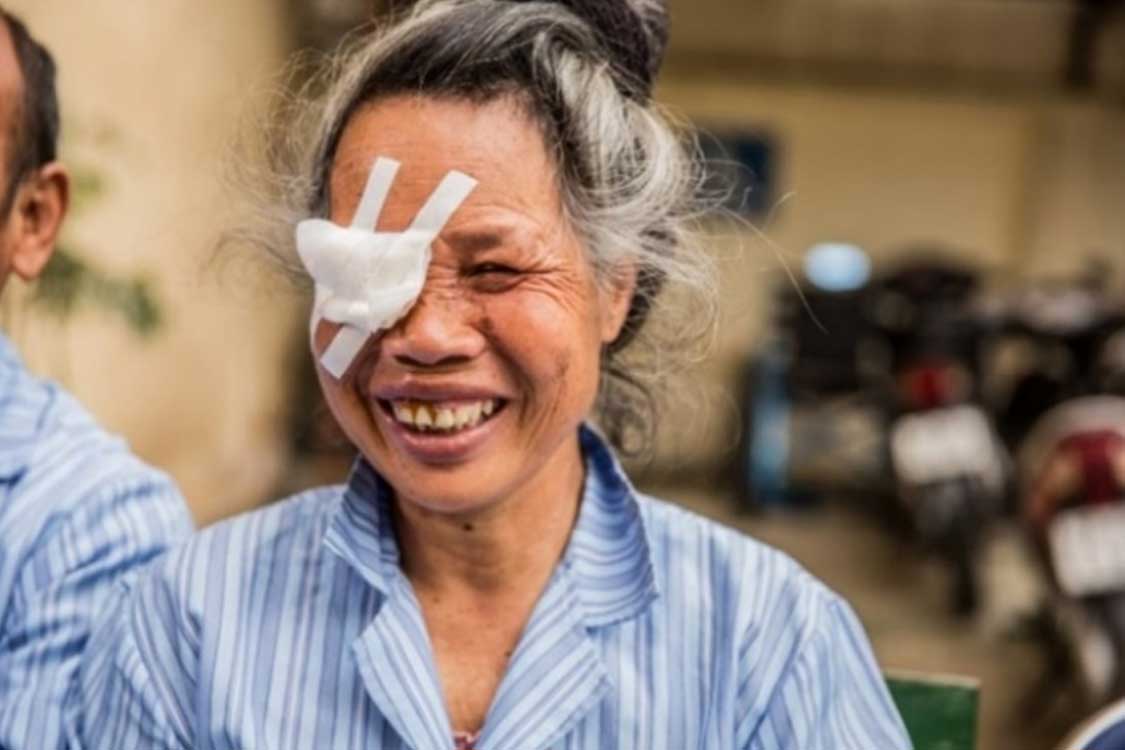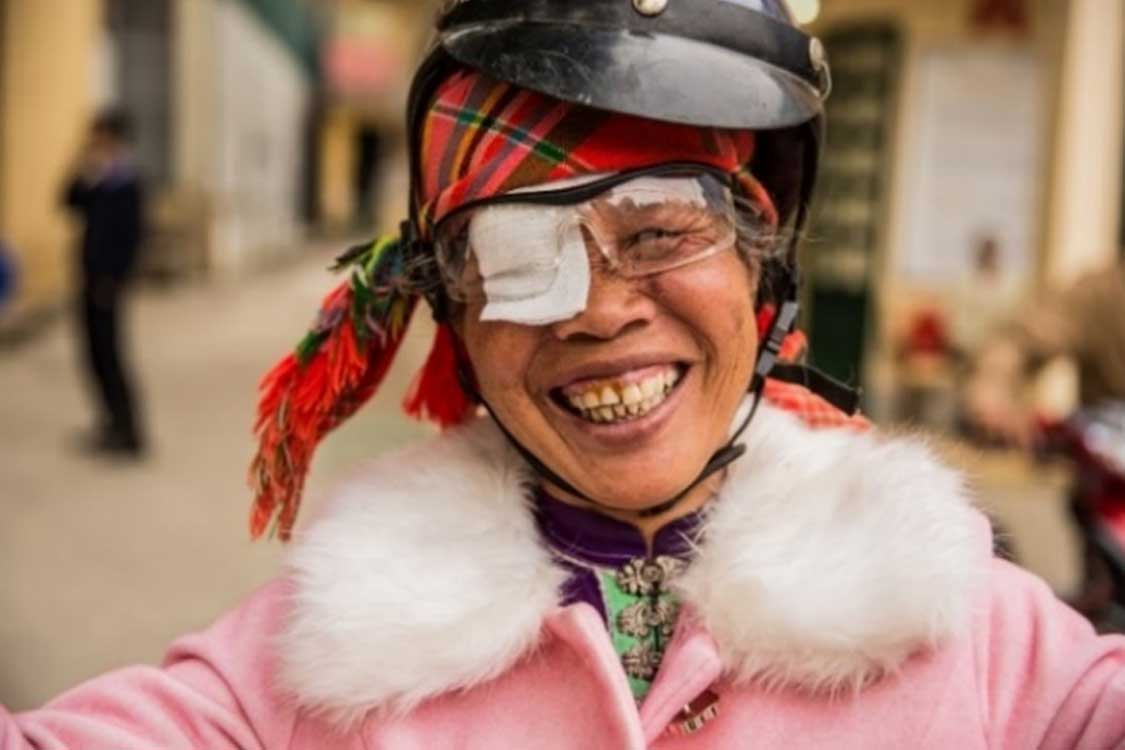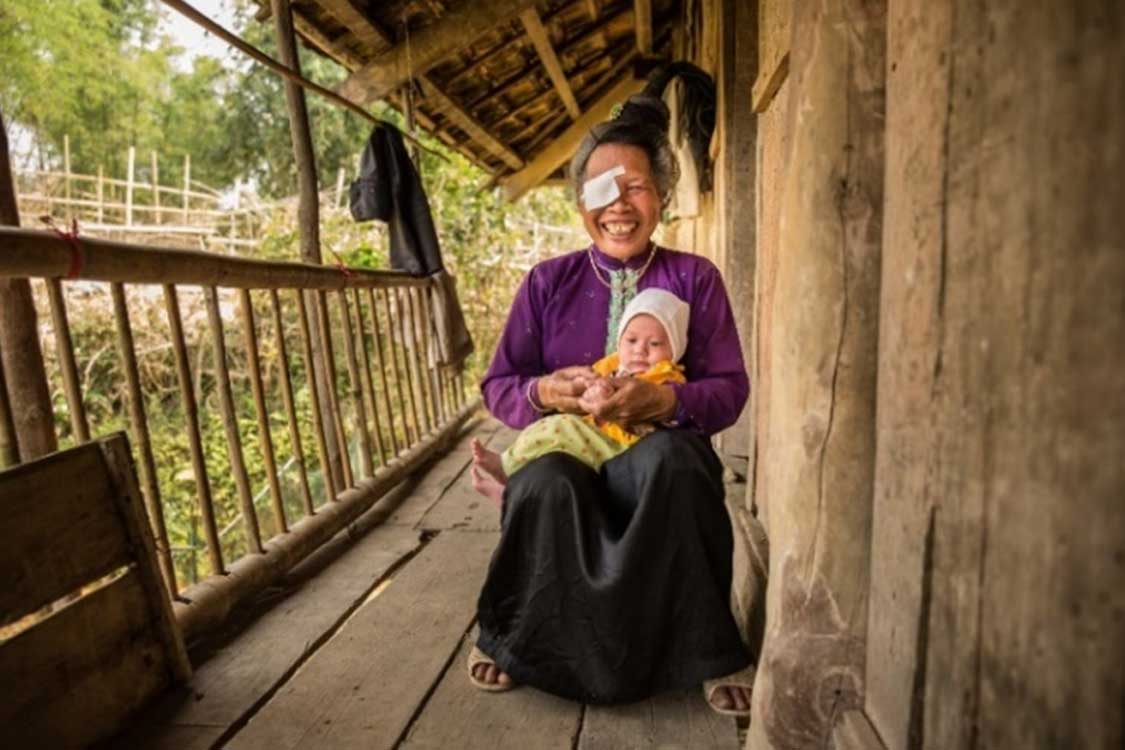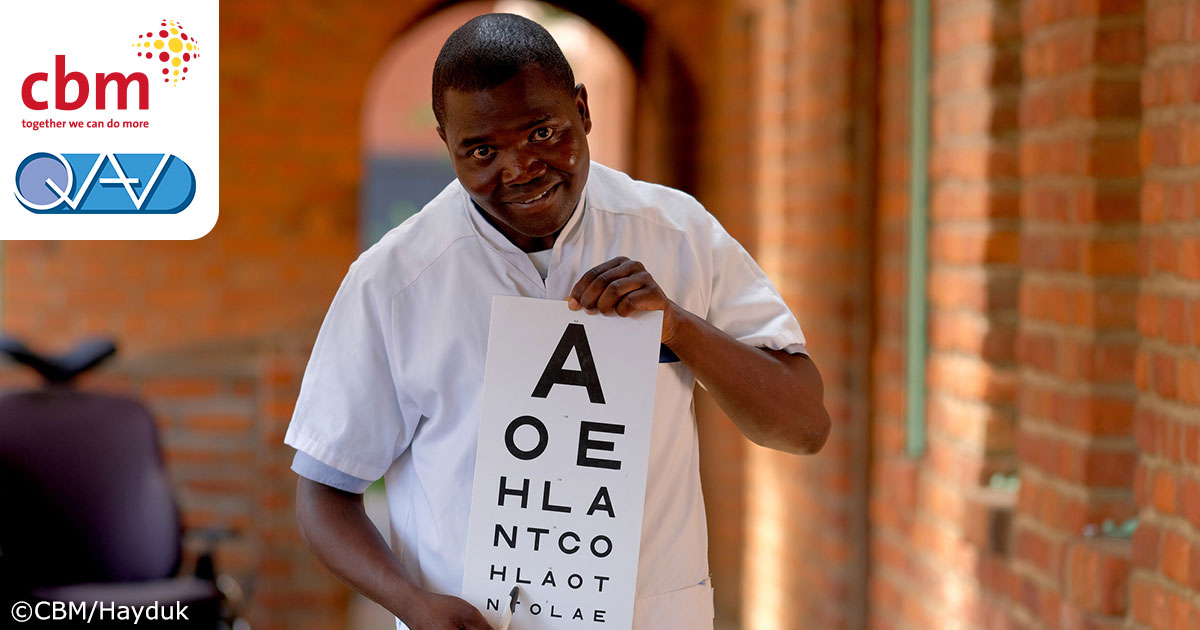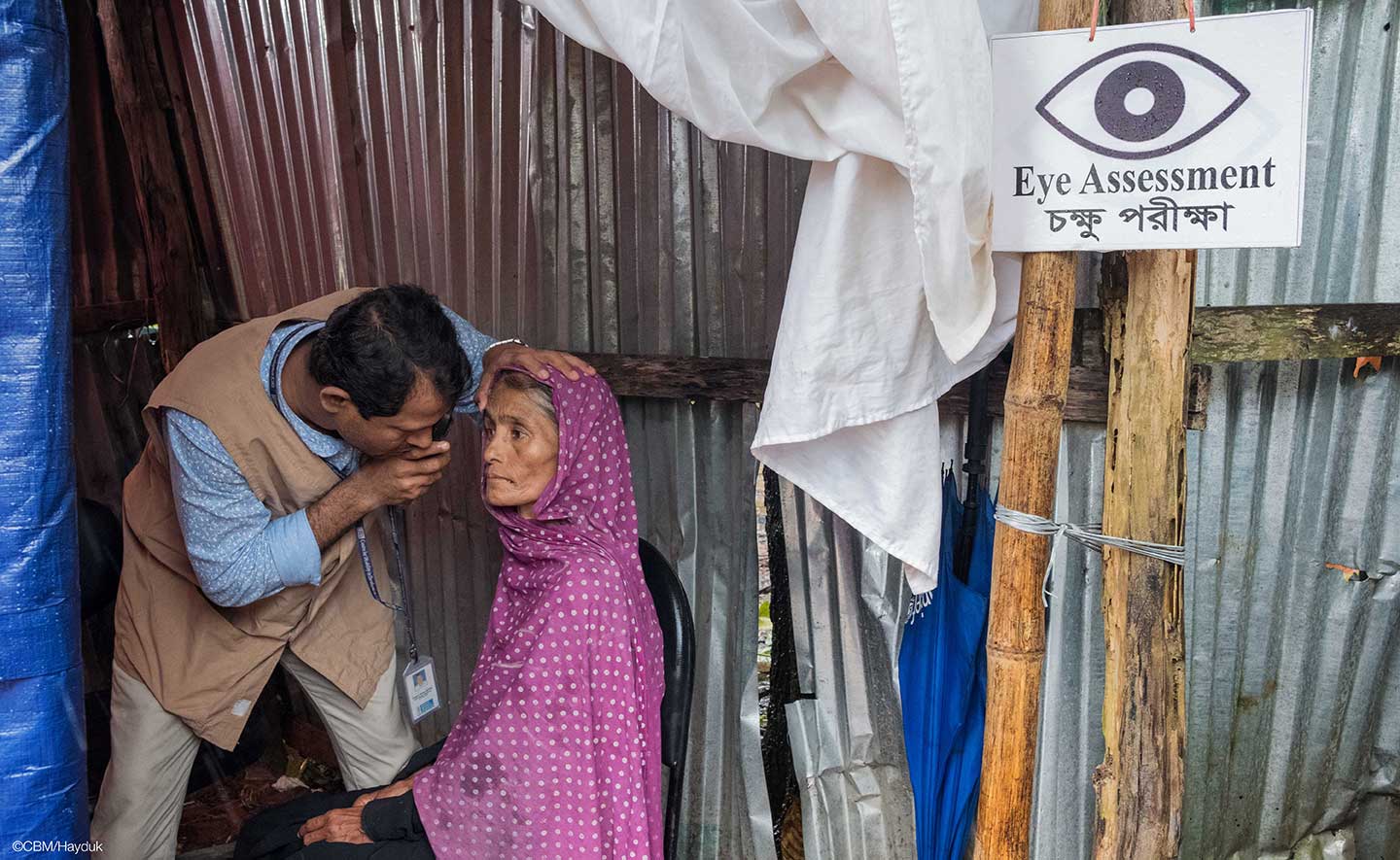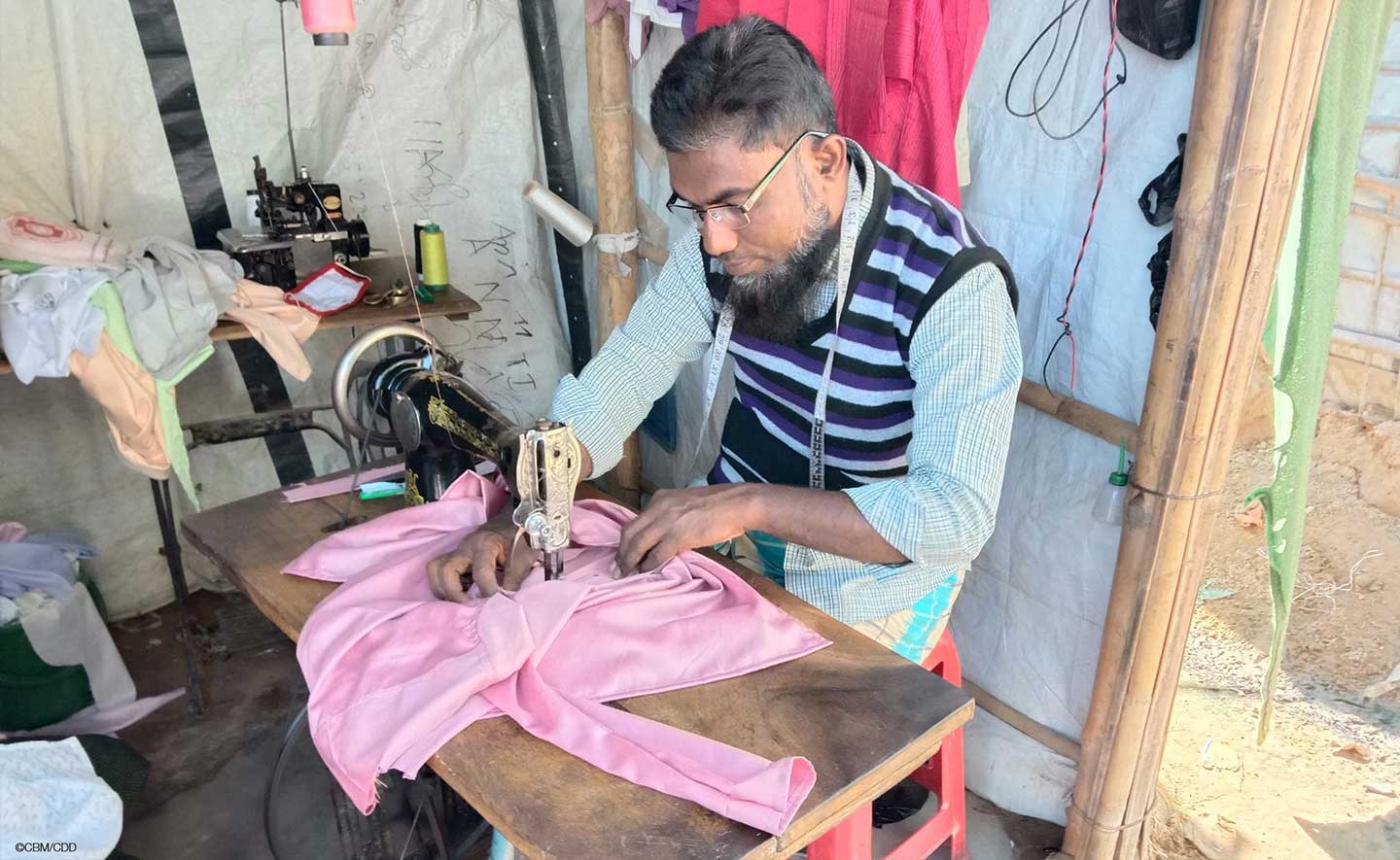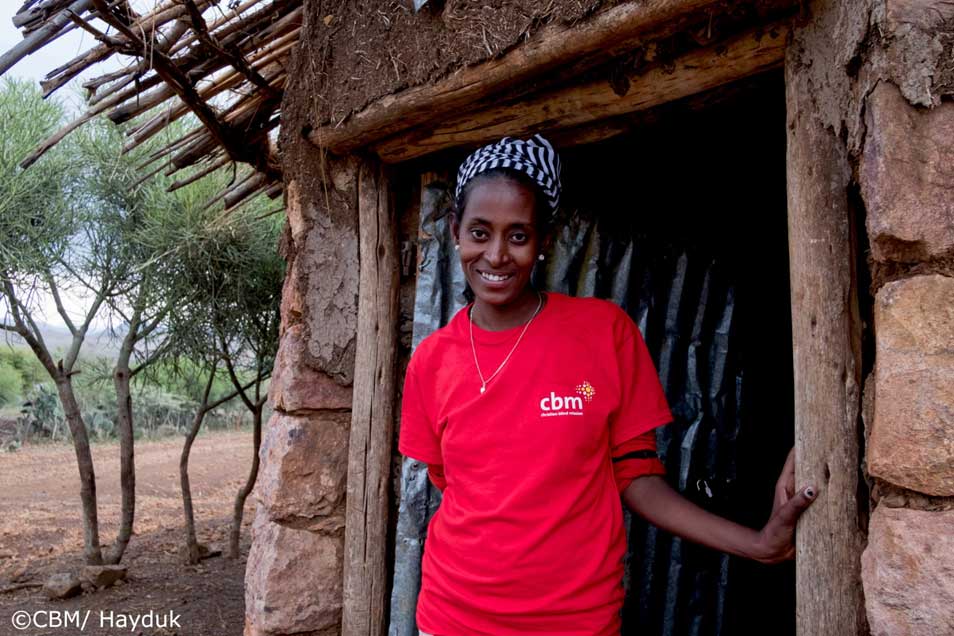
QAV IN THE COMMUNITY
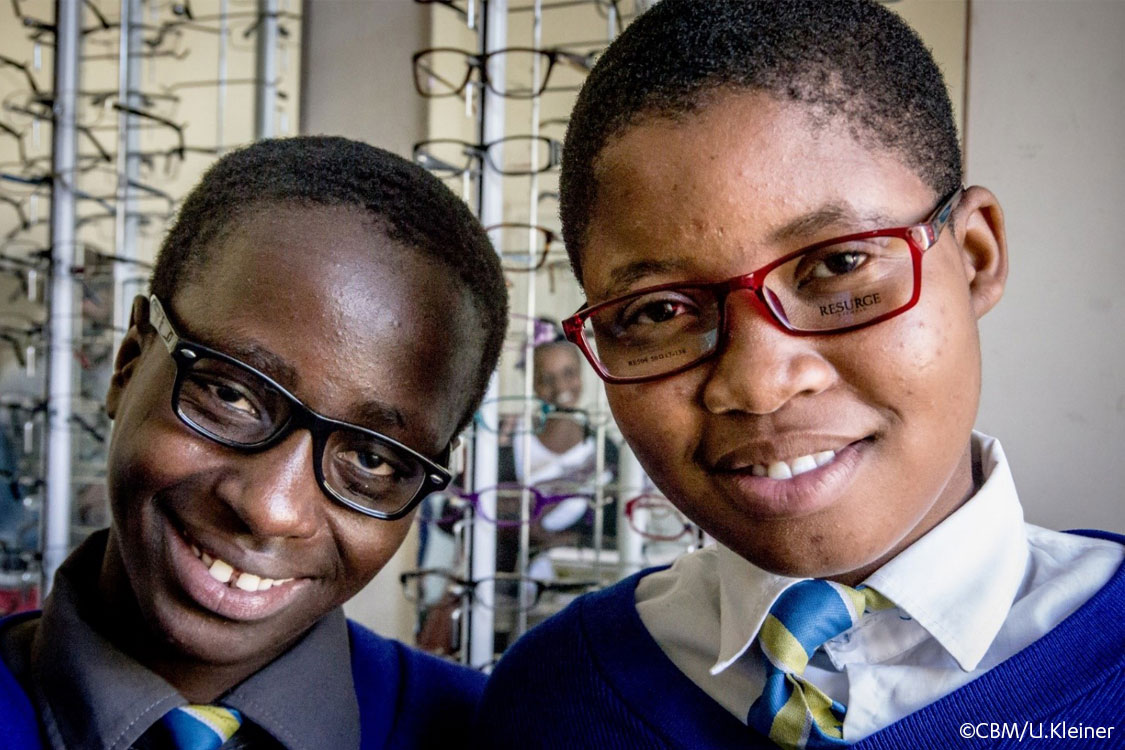
QAV’S ‘RIGHT TO SIGHT’ EYE HEALTH JOURNEY.
Something as simple as a pair of glasses can be truly life-changing.
- QAV-Global
Month 8 I Low Vision
Something as simple as a pair of glasses can be truly life-changing.
People living in the world’s poorest places often have little or no access to basic eye health services. CBM and their partner hospitals provide glasses and low vision devices to people who are visually impaired, enabling them to get an education and work to support their families.
This month, as part of our Right to Sight campaign with CBM UK, we’re sharing the stories of best friends Junior and Grace, from Zimbabwe, who were struggling in school because of their poor vision, but have now been fitted for glasses and are able to pursue their education and ambitions.
Junior’s story
It’s not a surprise to Junior that he needs glasses. He’s been having problems with his eyes for a long time now. When he gets to school, he cannot see the blackboard and asks friends to tell him what’s written on there. His eyes start itching when he strains them.
Junior has never had an eye test before, or seen an eye health professional. His mother and sister also have sight problems. His mother supports the family on her own, working as a security guard. She’s short-sighted and used to have glasses to help her see clearly. But when the glasses broke, she could not afford to replace them. She’s been living with poor vision for over 15 years.
Things change for Junior when he attends an eye screening at his school. CBM-supported health workers carry out vision tests on pupils at the school and identify if they need low vision devices, such as glasses. Junior is referred to a local hospital to see a refractionist. There he chooses a pair of glasses, which his mother is relieved to discover are subsidised by CBM. He’s very happy to be able to see clearly again and read without painful, itching eyes. Now he will be able to see the blackboard at school, which will make learning much easier. His dream is to be an engineer or an IT specialist one day.
Grace’s story
Grace’s favourite subject at school is history. She especially likes European history: “I think, it’s important to know about other countries”, she says. During lessons, Grace has to sit at the front of the class so that she can see the blackboard. She has problems with her vision when it’s shady or windy.
Grace’s mother also struggles because of her poor sight but her father tells us “Sometimes it is hard to have food for the whole family. In these times, I need to decide between new glasses or breakfast for my children.”
At an eye screening at Grace’s school, the CBM team finds that Grace needs glasses. She’s referred to a local hospital to see a refractionist and is prescribed glasses free of charge. She can’t stop smiling whilst she’s trying them on. Grace feels much more confident now and is looking forward to wearing her glasses in class.
Find out more about CBM’s sight saving work in the world’s poorest communities.
Image: Junior and Grace smiling with their new glasses on. ©CBM/U.Kleiner

